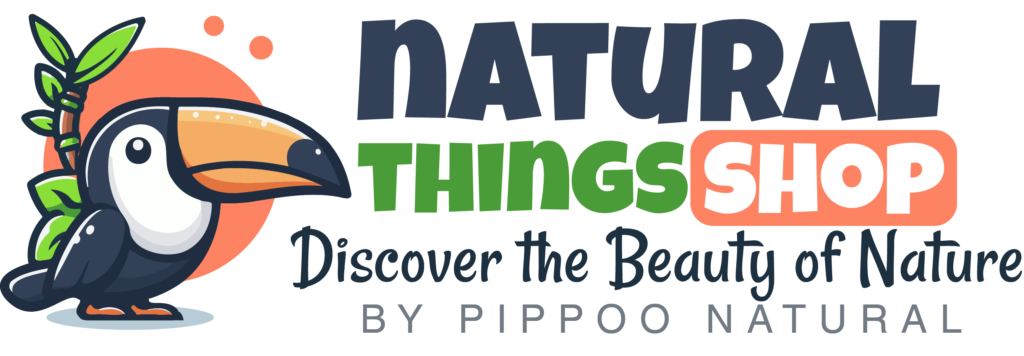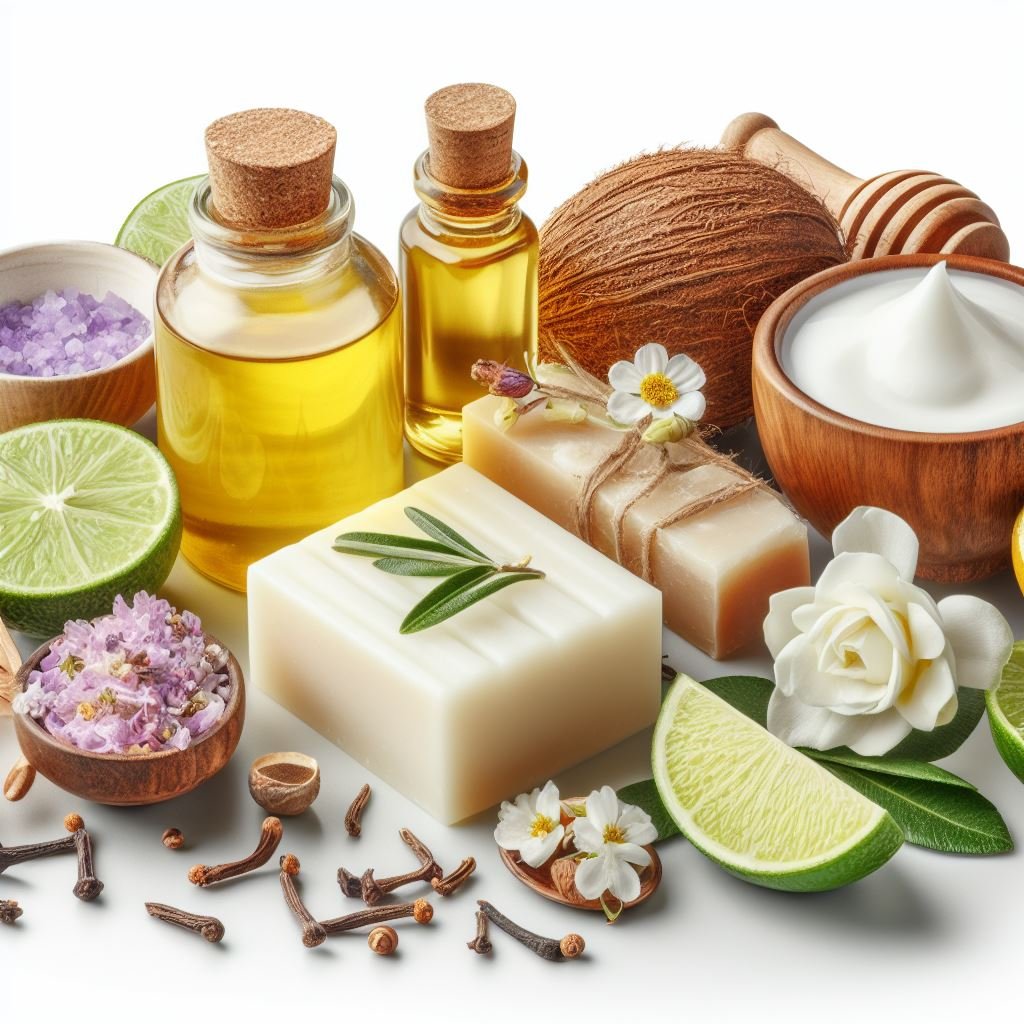MAKE GOAT MILK AND HONEY SHAMPOO SOAP BAR AT HOME
Indulge Your Hair with the Gentle Luxury of Goat Milk & Honey Shampoo Bars
Ditch the plastic bottles and embrace a more sustainable hair care routine with goat milk and honey shampoo bars. These all-natural wonders offer a luxurious lather and nourishing ingredients that leave your hair feeling soft, healthy, and oh-so-pampered. In this article we will see how to make goat milk soap.
Nature’s Goodness for Healthy Hair
The secret lies in the powerful combination of goat milk and honey. Goat milk, rich in vitamins, minerals, and proteins, gently cleanses and nourishes your scalp, promoting healthy hair growth and reducing dryness. Honey, a natural humectant, draws moisture to your hair, leaving it soft, manageable, and free from frizz.
Benefits Beyond Cleanliness
Beyond their gentle cleansing power, goat milk and honey shampoo bars offer a plethora of advantages:
- Eco-friendly: Ditch the plastic waste of bottled shampoos. These bars are plastic-free and biodegradable, making them a guilt-free choice for the planet.
- Suitable for sensitive scalps: The natural ingredients are gentle and less likely to irritate even the most sensitive scalps.
- Versatile: Many bars can be used on both hair and body, making them a travel-friendly and convenient option.
- Rich lather: Enjoy a satisfyingly luxurious lather without harsh sulfates or chemicals.
- Nourishing: Treat your hair to a dose of vitamins, minerals, and antioxidants that promote healthy hair growth and shine.
Embrace the Natural Difference
Make the switch to goat milk and honey shampoo bars and experience the difference for yourself. From their gentle cleansing power to their luxurious lather and eco-friendly appeal, these bars offer a natural and sustainable way to nourish your hair and indulge in a touch of self-care. So, give your hair the gift of nature and discover the magic of goat milk and honey shampoo bars!
GENTLE
MOISTURIZING
START TO FINISH TIME:
1 to 2 hours,
24 hours insulation,
4 to 6 weeks to cure
SCENT: LIME, YLANG-YLANG, CLOVE
This is the most popular shampoo bar. People have discovered that it lathers wonderfully and has extra nourishing vitamin benefits from the goat milk. As with all shampoo bars, lather in your hand or washcloth and rub through hair. Wash and rinse. Spray a mixture of half apple cider vinegar and half water onto your hair to condition and balance the pH level.
SAFETY FIRST! Remember to wear your safety equipment and mix the lye water outside. Tell everyone you live with that where you’re working is off limits. Give yourself enough time to complete the recipe.
EQUIPMENT FOR GOAT MILK SOAP MAKING
- Kitchen Scale
- Glass Bowls
- Measuring spoons
- Large spoon
- Large stainless steel pot
- Small zip-topplastic bag
- Mold
- Thermometer
- Parchment Paper
- Stick Blender (or hand mixer)
- Rubber Spatula
- Blanket
INGREDIENTS FOR GOAT MILK SOAP MAKING
- 330gr (11 ounces) Olive Oil
- 120gr (4 ounces) Goat Milk
- 300gr (10 ounces) Coconut Oil
- 60gr (2 ounces) Shea Butter
- 150gr (5 ounces) Castor Oil
- 120gr (4 ounces) Avocado Oil
- 120gr (4 ounces) Lye
- 240gr (8 ounces) Water
- 15gr (0.5 ounce) Lime Essential Oil
- 15gr (0.5 ounce) Ylang-Ylang Essential Oil
- 7,5gr (0.25 ounce) Clove Essential Oil
- 1 Tablespoon Raw Honey
PREP AHEAD:
Combine the water and goat milk in a large glass, plastic, or stainless steel container. Place the container in the freezer for 1 to 2 hours. It is okey if a slush forms, as long as it doesn’t freeze solid. The colder your milk-water, the lighter your soap will be after adding the lye.
1. HEAT THE FATS/OILS:
In a large pot, combine the olive oil, coconut oil, castor oil, avocado oil and shea butter. Heat over medium-low heat until they are melted and incorporated. Remove from the heat and allow to cool to 100°F(38C°) to 110°F(45C°).
2. MIX THE LYE WATER:
Put on safety gear, including protective eyewear, a mask, gloves, and long sleeves. Outside, very slowly pour only about 1/4 of the lye crystals into the cold milk-water and stir until dissolved. Let cool for 20 minutes. Repeat until all the lye is dissolved into the milk-water. If the milk-water browns, don’t worry; your soap will just be darker. Allow to cool to 100°F(38C°) to 110°F(45C°). If the oils and lye water cool at different rates, you can use a cold- or hot-water bath in the sink.
3. PREPARE THE MOLD:
While the oils and lye water cool, line the mold with parchment paper.
4. COMBINE AND BRING TO TRACE:
When both the oils and lye water are 100°F(38C°) to 110°F(45C°), carefully pour the lye water into the pot of oils. Use a stick blender (or hand mixer) to mix for 1 to 2 minutes and then let the mixture rest for 4 to 5 minutes. Repeat mixing and resting until light trace.
5. MIX IN NATURAL ADDITIVES:
When the soap reaches light trace, add the lime, ylang-ylang and clove essential oil and honey, and blend for 30 seconds.
6. MOLD THE SOAP:
Pour the soap mixture into the mold, cover with a lid or parchment paper and insulate with a blanket for 24 hours. Do not insulate unless your house is below 75°F(24°C), in which case insulate by placing a towel around the outside edges of the mold to avoid a partial gel.
7. CUT AND CURE:
Remove the soap from the mold. If it seems too soft to remove, wait another 12 to 24 hours before removing. Cut the soap into 12 bars. Allow the bars to cure in a well-ventilated location for 4 to 6 weeks.
TIP: Milk can scald when lye is added. Placing the milk-water in the freezer until it’s very cold helps prevent this. Be sure to add the lye slowly. It is okay to really take your time, coming back every 20 minutes to add a little more. Milk can also make your batch get hotter than usual, so just insulate a milk recipe lightly with a towel if you’re concerned about getting a good gel for color. Honey can also make soap come to trace faster, so add it and blend really well right before pouring the soap into the mold.
Sources / References
Natural Things Shop uses only high-quality sources to support the facts in our articles. Read our editorial process to learn more about how we fact-check our content and keep it accurate, trustworthy and reliable.
All the images we use on our site are produced with Dall-e 3 artificial intelligence technology. There are no legal problems regarding copyright.
Kelly Cable
- The Natural Soapmaking Book For Beginners
- DIY Soaps: Using All-Natural Herbs, Spices & Essential Oils



Can you be more specific about the content of your article? After reading it, I still have some doubts. Hope you can help me.